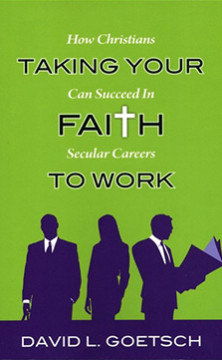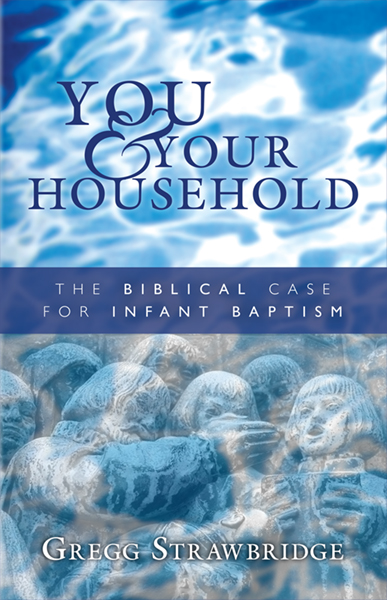By Joel Nelson, Guest Series
Introduction
The one-two punch of the global COVID-19 outbreak will result in the year 2020 being remembered as one of the most divisive and life-changing years in at least two generations. Old customs and established procedures slipped away in a matter of days in March 2020, and only eight months later seem almost entirely forgotten by some. Many seem to welcome these developments, viewing the dismantling of what once existed as a blank slate for construction of a new world order. The use of the word “unprecedented” to justify all manner of societal changes and suspension of long-held legal and sociopolitical traditions in the year 2020, is, for lack of a better word, unprecedented. The response of many churches during the last eight months largely mirrors the rest of society: either a complete shutdown and move to “virtual” meetings reliant on electronic devices and high-speed Internet connections, or implementation of measures such as so-called “social distancing” and mandatory imposition of face coverings (the vast majority of which, aside from some medical-grade N95 respirators, have little ability to filter viral particles which are measured in nanometers). The purpose of this essay is not to critique these changes on political or medical grounds, but rather to address the church’s response to government edicts and orders. Specific consideration will be given to the mission and witness of the church, present and historical, and the challenges imposed by government edicts and orders.
Historical Accounts
This essay will first consider several historical accounts of how Christians have responded to prior plagues and pandemics. The historical record reveals many instances in which, during past plagues (with a death toll much greater than that of COVID-19), the church stood out for its resolve to keep going about her mission even as societies effectively shut down. The church historian Eusebius cited a letter written by Dionysius, Bishop of Alexandria, regarding the witness of Christians in contrast to pagans during a fifteen-year plague in the third century:
“Many terrible things happened to us also before this. At first we were driven out, persecuted, and killed, but we kept our festival even then… But the brightest festival of all was kept by the fulfilled martyrs, who feasted in heaven… Most of our brethren showed love and loyalty in not sparing themselves while helping one another, tending to the sick with no thought of danger and gladly departing this life with them after becoming infected with their disease… The best of our own brothers lost their lives in this way—some presbyters, deacons, and laymen—a form of death based on strong faith and piety that seems in every way equal to martyrdom. They would also take up the bodies of the saints, close their eyes, shut their mouths, and carry them on their shoulders. They would embrace them, wash and dress them in burial clothes, and soon receive the same services themselves. The heathen were the exact opposite. They pushed away those with the first signs of the disease and fled from their dearest. They even threw them half dead into the roads and treated unburied corpses like refuse in hopes of avoiding the plague of death, which, for all their efforts, was difficult to escape.”
In the middle and latter part of the sixth century, plague broke out in the Frankish Empire and had an estimated death toll of nearly 1 in 3 cases. It was significant enough to postpone the Festival of the Presentation in the year A.D. 543 by four months. Subsequent outbreaks continued for more than fifty years. Yet historian R. A. Markus observed that in writings preserved from that time, such as those of Evagrius and Gregory of Tours, there is no evidence of deep spiritual crisis among church leaders. Despite panic, famine, rioting, and political upheaval, there is little evidence that the mission of the church was changed or drastically transformed. Ministry went on and opportunities for evangelism increased.
In A.D. 591, the second year of the papacy of Gregory the Great, Gregory urged bishops to use the opportunity afforded by the plague to admonish and exhort pagans to convert, stating that “the closer the last judgment, the more we must fear the strict Judge.” Despite the plague having been present for nearly fifty years, this is a rare mention in Gregory’s writings. The plague did not bring ministry and evangelism to a halt—the shepherds continued shepherding their flocks.
In A.D. 1348, the plague arrived in Europe. Cycles of widespread death from the plague would persist for more than three hundred years. Although understanding of contagion was in its infancy at the time and various local councils did at times attempt separation or isolation methods— whether separating the sick from the healthy or closing city gates— there was no method to gain completely the upper hand over the spread of disease. The shadow of death hung over civilizations for generations upon generations. Europe during this time has been described by Philip McNair as a “death-oriented society.” This would have set a particular context for ministry, but as in Gregory’s time, it did not result in widespread suspension of pastoral duties.
(more…)
























